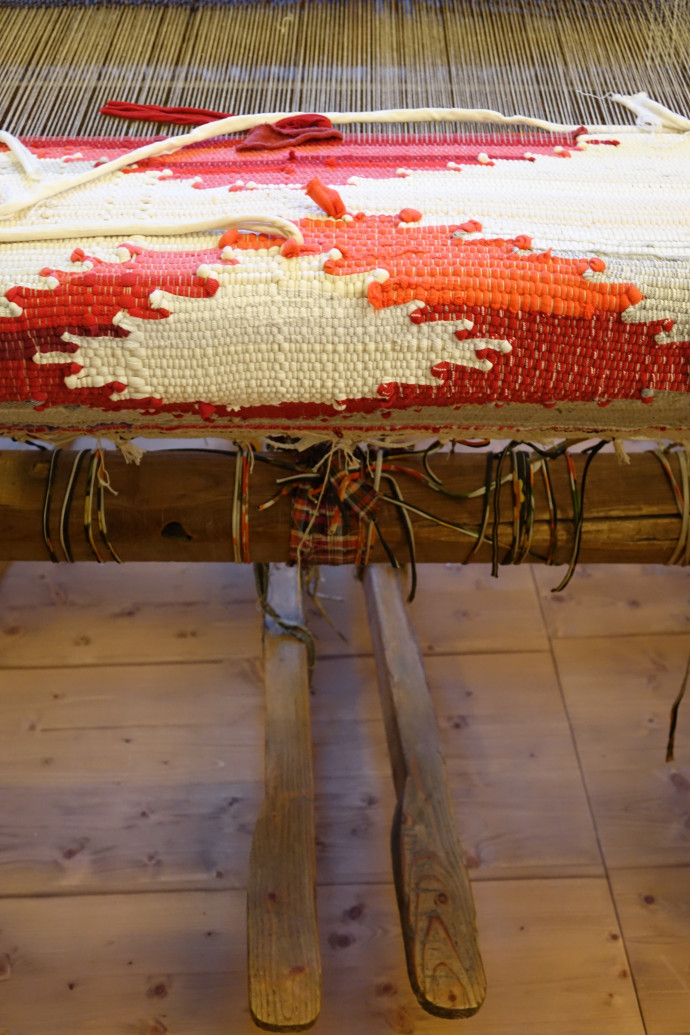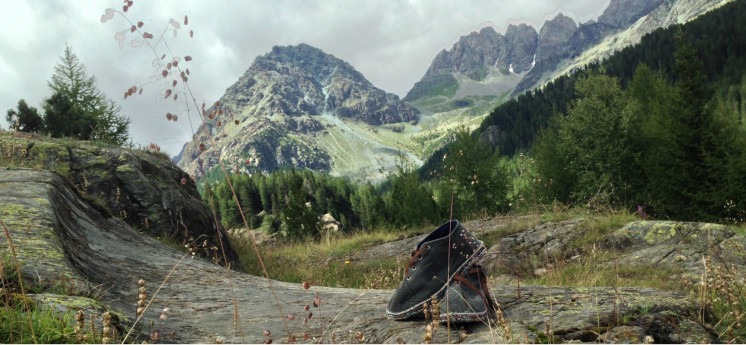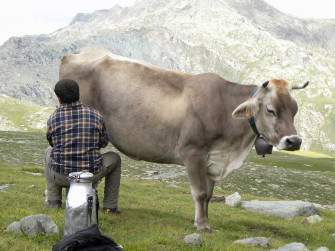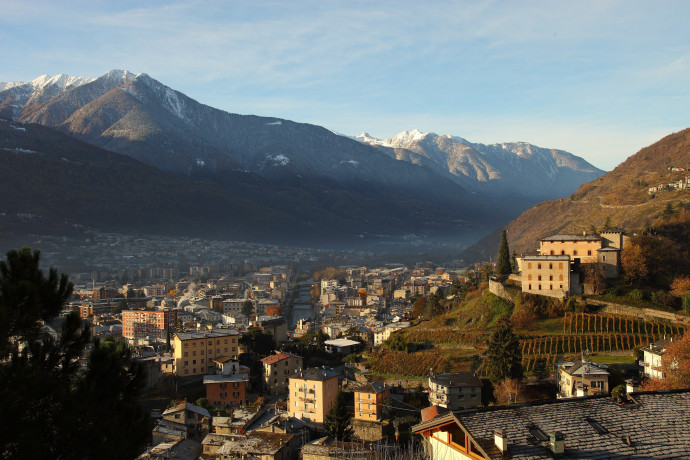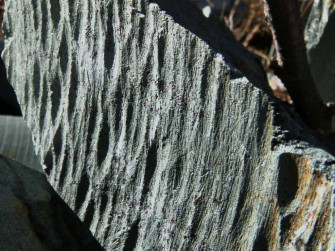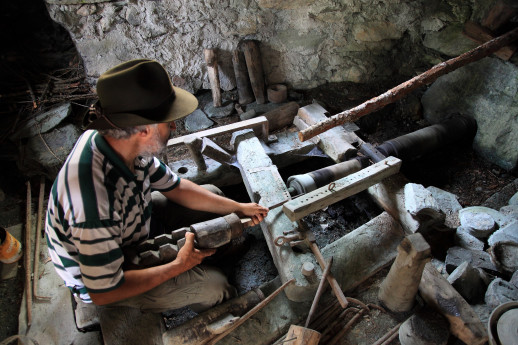- Art & Culture
Soapstone
The soapstone is a rocky formation of opaque green color, very tender and therefore easy to work especially on the lathe.
The soapstone, which already Pliny the Elder mentions in his “Naturalis Historia” in reference to Valtellina, began to be worked in remote times.
In Valmalenco and Valchiavenna you can still find about ten soapstone quarries, some of which have been abandoned and others are still partially in activity.
The soapstone is a rocky formation of opaque green color, very tender and therefore easy to work especially on the lathe.
The ollare name comes from the Latin "olla" meaning pot, container of oil.
In the past it was used almost exclusively for the preparation of containers such as "lavècc" (pots of different sizes), "stüin" (excellent pots for cooking stews) and "fùràgn" (for storing cheese, butter or lard).
The particularity of this material is to be very resistant to fire and to conserve heat for a long time, thus allowing a slow cooking ideal for stews and soups, but it is also suitable for grilled meats on a "pioda" (slab in soapstone or serpentine).
In recent decades, the traditional processing of soapstone has turned towards artisan production of an artistic nature, so much so that some artisans have begun to decorate it with hand-engraved designs or to sculpt it to obtain highly appreciated ornamental objects.
